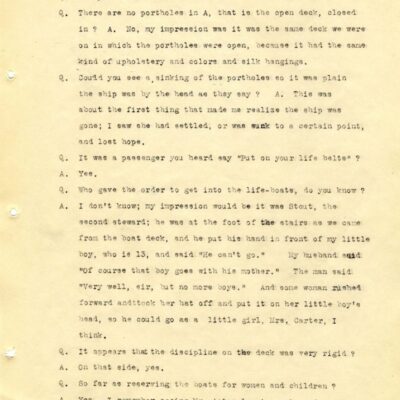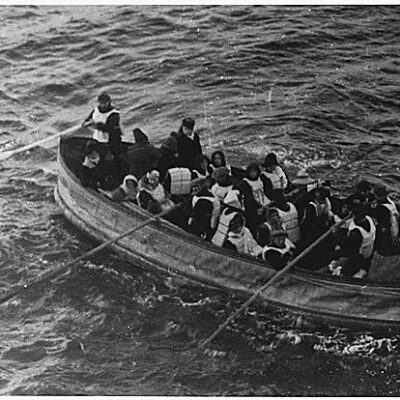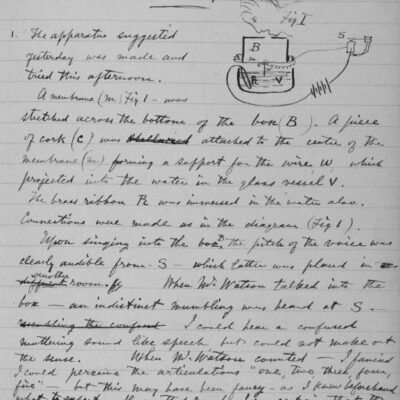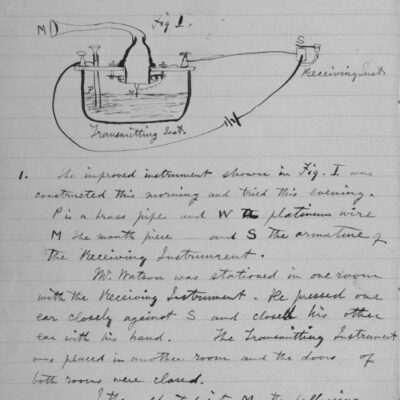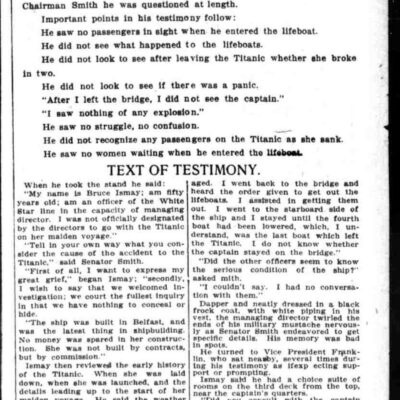
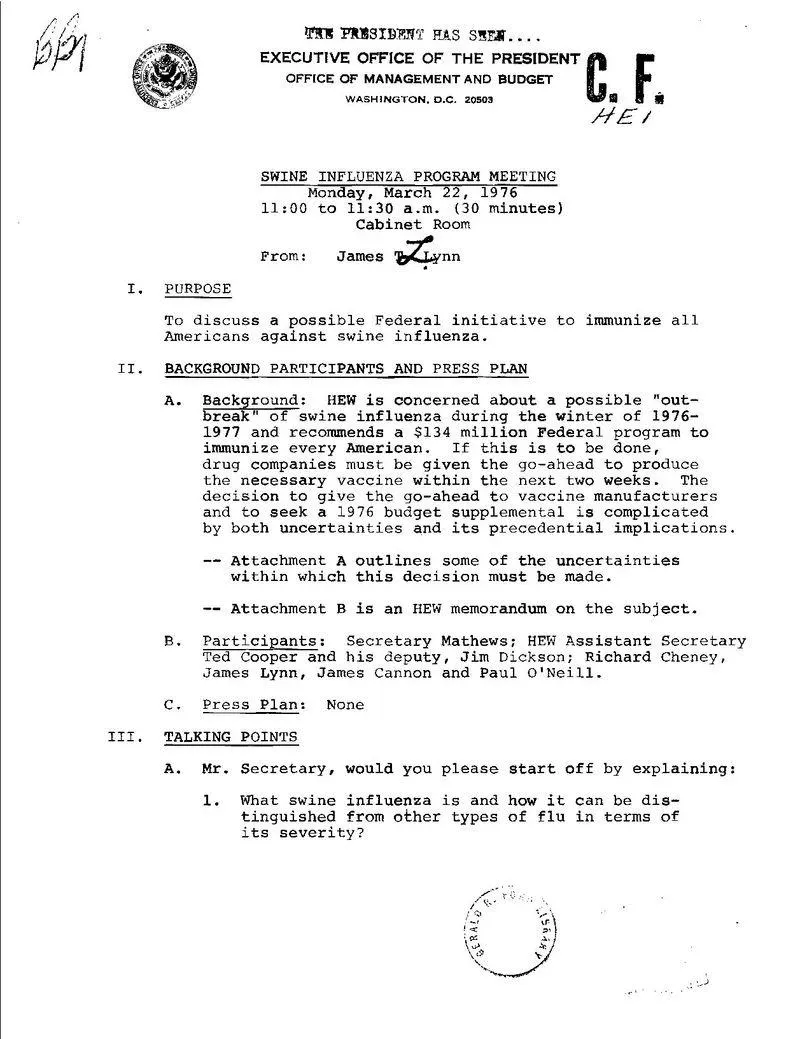
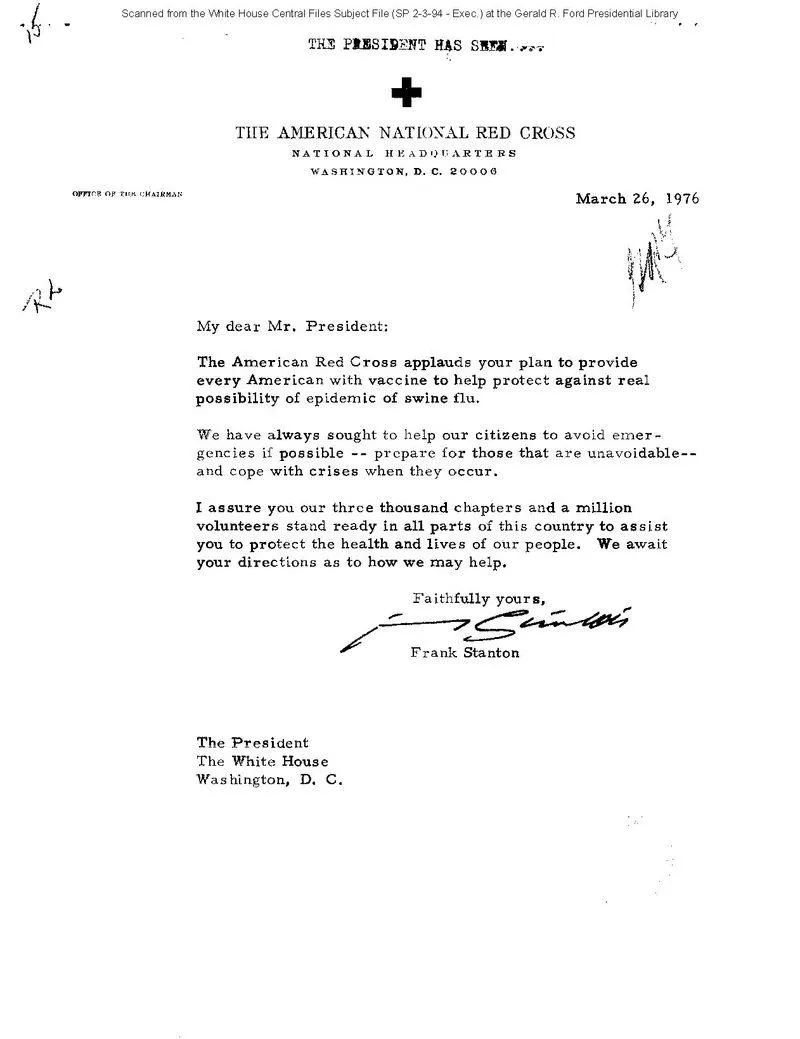
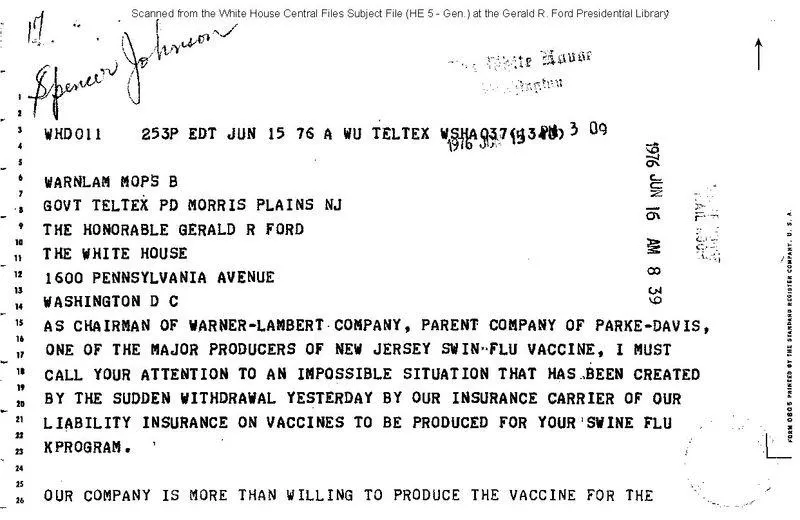
1976 Swine Flu Outbreak and Vaccination Program
$3.94
Description
1976 Swine Flu Outbreak and Vaccination Program: Ford Administration, Congressional, and Medical Papers
The 1976 Swine Flu outbreak and subsequent vaccination initiative produced a vast collection of documents totaling 3,101 pages. This compilation includes presidential papers from the Ford administration, legislative records from Congress, and various medical research articles concerning the event.
In early February of 1976, two military recruits at Fort Dix in New Jersey exhibited symptoms resembling influenza. Tragically, one of the soldiers succumbed to the illness. The virus samples taken from these individuals were identified as A/New Jersey/76 (Hsw1n1), which was noted for its resemblance to the strain thought to have caused the devastating flu pandemic of 1918, commonly referred to as swine flu. Serological investigations at Fort Dix indicated that fewer than 200 soldiers had been infected and suggested that the virus could be transmitted between individuals.
Prompted by recommendations from the Centers for Disease Control and Prevention (CDC) and several respected scientists, the Ford administration acted quickly to launch a nationwide vaccination program aimed at immunizing all Americans against this perceived health threat.
Within a short span of less than three months, around 20% of the U.S. population, equating to about 45 million people, received the swine flu vaccine. However, concerns began to surface regarding potential severe side effects associated with the vaccine. There were claims that the vaccine was responsible for the deaths of thirty-two individuals who developed Guillain-Barre Syndrome (GBS) after receiving the shot.
In 2003, the Institute of Medicine (IOM) carried out an extensive scientific evaluation and determined that there was indeed an elevated risk of developing GBS among those who had received the 1976 swine flu vaccine. While scientists have proposed several theories to explain this increased risk, the precise cause of this correlation remains uncertain.
According to the CDC, the data suggests that individuals who were vaccinated faced an increased likelihood of approximately one additional case of GBS for every 100,000 recipients of the swine flu vaccine. The vaccination initiative was formally halted on December 16, 1976.
In their book titled The Swine Flu Affair: Decision-Making on a Slippery Disease, authors Richard Neustadt and Harvey Fineberg remarked that the swine flu initiative was initially regarded favorably but is now predominantly remembered as a “fiasco,” “disaster,” or “tragedy.” This largely negative perception can be linked to the increase in Guillain-Barré Syndrome (GBS) cases following the extensive vaccination campaign and the fact that the H1N1 virus was never found outside of Fort Dix, which is the New Jersey military base where it was first discovered.
During an interview featured in the Bulletin of the World Health Organization amid the 2009 H1N1 pandemic, Fineberg pointed out what he believes to be the main issue encountered while addressing the 1976 outbreak: the decision-making process. He noted that “the fundamental strategic flaw was combining all aspects of response into a single ‘go or no-go’ decision.”
This document collection encompasses:
Presidential Papers from President Ford
A total of 1,257 pages related to President Gerald Ford and his administration. These documents detail the initiation of the National Influenza Immunization Program (NIIP), discussions held in the White House regarding the Swine Influenza Program, delays encountered, concerns raised, and the legal issues brought forth by the Pharmaceutical Manufacturers Association. On March 24, 1976, President Ford declared the initiation of the National Swine Flu Immunization Program. He outlined three key measures: he urged Congress to allocate $135 million for the production of sufficient vaccine doses to immunize the entire U.S. population; he instructed the Department of Health, Education and Welfare (HEW) to formulate plans for distributing the vaccine between September and November of that year; and he emphasized the necessity for every individual to receive the vaccine as soon as it became accessible. “I want to make it clear at this point that no one can predict with certainty how severe this threat might be,” stated President Ford. “However, we cannot risk the health of our Nation.”
Congress approved the required funding, and the production of the vaccine commenced. However, several challenges emerged that hindered progress, particularly the vaccine manufacturers’ requests for the government to offer liability protection in the event of adverse reactions to the vaccination. The legislation for the National Swine Flu Immunization Program was signed on August 12, which addressed those concerns and formally authorized HEW to execute the planned vaccinations.
Due to various delays, the distribution of the vaccine did not take place until October. In a short span of less than three months, over 45 million individuals received the swine flu vaccine. A small fraction of those vaccinated encountered a serious side effect known as Guillain-Barré Syndrome (GBS), prompting the suspension of the program on December 16 for an investigation into the vaccine’s associated risks. Consequently, large-scale immunizations were never resumed, and HEW officially terminated the swine flu immunization program in March 1977.
In terms of documentation from Congress, there are 1,050 pages comprising four reports generated from Congressional hearings held between 1976 and 1979 regarding the 1976 National Influenza Immunization Program.
Moreover, medical literature spanning 795 pages evaluates the Swine Flu outbreak and vaccination efforts from 1976, with publications released between 1981 and 2006.


